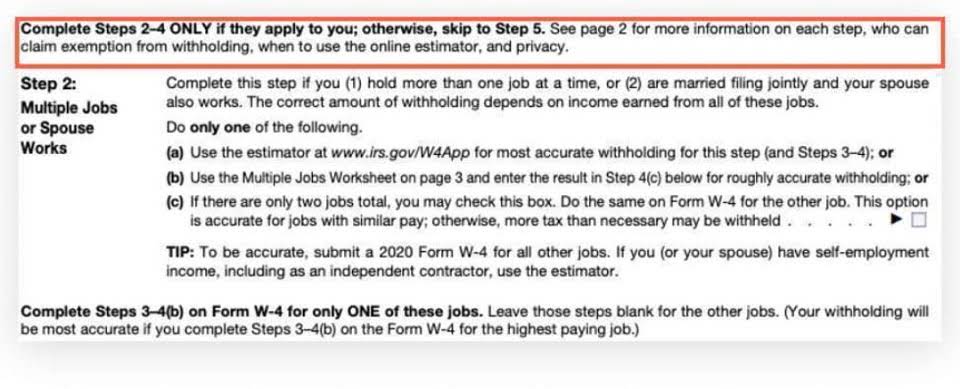Sales Forecasting: What It Is, The Process, and Best Practices

Sales forecasting helps your business by giving you data to make decisions concerning allocating resources, assigning staff, and managing cash flow and overhead. There are a variety of causal methods but regression analysis is the primary method used to analyze cause-and-effect patterns. Regression analysis relates sales to other variables such as competition and the economy. This method either copies forward the past data into the future without changing it or projects an average of past results. It’s possible to get even more specific with the analysis by separating out trend, cyclical and seasonal components and then forecasting each of them.
Various techniques, such as moving averages and exponential smoothing, help smooth out random fluctuations and highlight underlying trends. Regression analysis examines the relationship between a dependent variable and independent variables to predict future outcomes. Econometric modeling utilizes mathematical equations and statistical techniques to simulate complex economic systems and forecast variables based on economic theories. With the emergence of AI and automation, new tools are available that make sales forecasting more connected, efficient and predictable. Revenue operations platforms bring a new way to generate revenue with the same level of transparency and rigor that companies expect from any other mission-critical business process (ERP, supply chain, etc…). Once you’ve identified your sales forecasting method and process, you’ll need some tools to help you manage, monitor and execute on your sales forecast.
Analyze Your Sales Process
Naive forecasts are used as comparative figures for more robust methods. Judgmental forecasting methods combine qualitative and quantitative inputs, organizations usually use only one method for forecasting sales incorporating expert opinions and statistical models. This approach leverages the strengths of both methods to enhance forecast accuracy.
A financial analyst uses historical figures and trends to predict future revenue growth. Sales forecasting is a data-driven approach to making sales and business decisions that grow a company. While there are many different ways to approach sales forecasting, there are some best practices every business can follow to ensure accurate and reliable results. Benchmarks help companies understand the sales process and identify wins and shortcomings.
Opportunity stage forecasting
This article discusses particular methods, examples, and pointers to create a viable sales forecast. The best way to forecast your sales is to use whichever method is based on your historical sales results. When your sales projections are very close to your actual sales numbers, within a reasonable margin, you know you’re using the right method. This includes relevant data, information from your CRM, and tools you may need to complete your forecasting method of choice. You’ll see a spike in close rates in the first two weeks, followed by fewer sales than normal.
- You then estimate how much market share you’ll be able to capture and the revenue you’ll be able to acquire.
- With a sales forecast, you get a detailed prediction of what an individual salesperson, sales team, or your entire organization, will sell in a given time period—weekly, monthly, or annually.
- The sales process should tell team members what actions to take at each stage of the buyer’s journey, from prospecting to closing.
- This method can quickly get cumbersome and time consuming without an analytics solution.
- A con of qualitative sales forecasting is that it can be risky and require a lot of resources to build these models.
- You can also break them down to an individual level based on performance.
If you don’t have historical data, you can use industry benchmarks from trade publications, industry associations, and consultants. For example, if you are launching a new recipe app, look at market research on how other cooking apps have performed. Take into account changes in the business environment and question assumptions, such as that past growth will continue. Also, be sure to factor in your ideas about global economic trends and competitor behavior.
Regression or Multivariable Analysis Method
These forecasts allow you to spot potential issues while there’s still time to mitigate them or avoid them completely. Without a sales forecast, your team could be trending below quota without being able to course correct. Easily calculate drop-off rates and learn how to increase conversion and close rates.

An accurate forecast considers this sales pipeline risk to either increase the top of funnel deals, fix the pipeline stage, or focus on leads with a higher intent to buy. By relying on data, sales managers work with individual sales team members to inspect pipeline, understand projections for future sales, and analyze sales activity data to produce a number. Then, the managers collect all of these numbers from across the organization and add them up to create the total sales forecast. For this approach to sales forecasting, you need to first assess your total available market (TAM). Your TAM is crafted by researching market valuations from reputable sources, such as Gartner or Forrester.

Comments are Closed